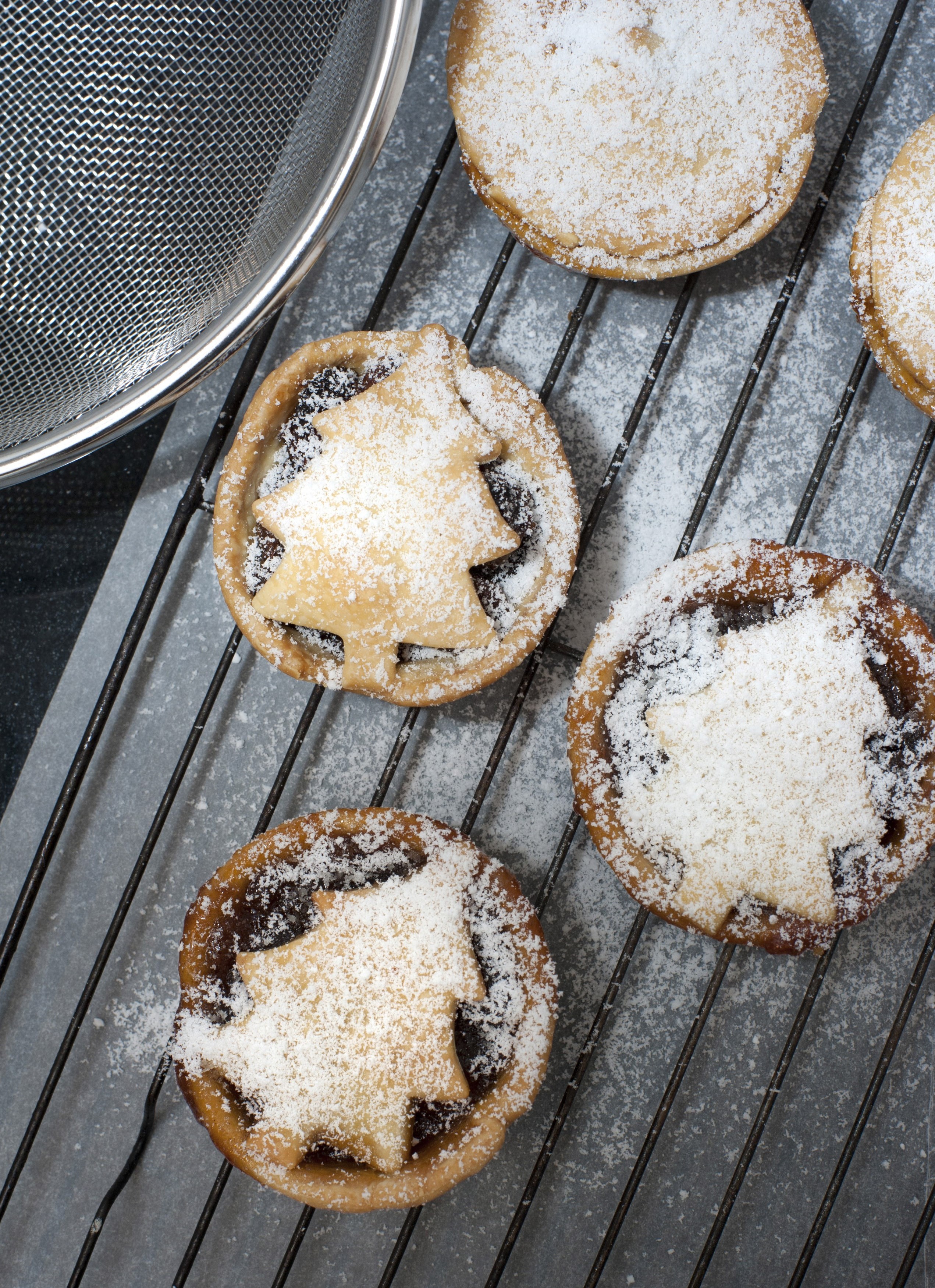
Who is the big guy in red with the once-a-year job flying around the world delivering gifts to all the little children? To me, that’s Father Christmas – or, as my 3-year-old says “Farmer” Christmas. But then I was raised in the UK, where Santa Claus goes by that paternal moniker. Now I’ve lived in America for almost 10 years, I am getting used to calling the jolly present-giver Santa, but this year is the first year my husband and I have shared the legend of St. Nick with our children, and it got me thinking. Accompanying his story are new traditions making their way around the world, like Elf on the Shelf keeping an eye on kids while Santa creates his naughty-or-nice list. He clearly means a lot to families the world over, but what do other cultures do at Christmas?

In the UK, families leave a mince pie with a glass of sherry or milk for Father Christmas, and a carrot for Rudolph. Rather than sitting on Santa’s knee in the mall, British children will go to Father Christmas’ Grotto where they will say hello and share their Christmas list with the big guy and his elves. You don’t sit on his knee, but you do walk away with a small pre-Christmas gift.
Sinterklaas is Santa’s counterpart in Holland. He is the guy who decides who has been naughty and who has been nice, and looks much more regal than the Santa we know. He also leaves the gifts. But Sinterklaas has a helper whose job is to take away bad children in a sack. His name is Zwarte Piet, and he’s the guy you don’t want to meet at Christmas. Families leave hay or carrots out of Sinterklaas’ horse, but there are no reindeer in sight!
The Swedish used to have a goat who delivered gifts and good cheer to families at Christmas. In recent years the goat has been usurped by a far more reasonable figure, a house gnome named the Jultomte, loosely translated as “Yule gnome”. Folklore suggests he is no taller than three feet, and wears a conical knit cap.

Italian families welcome La Befana the friendly witch. She visits all the children of Italy during the night of January 5th (The Eve of the Feast of Epiphany) or, less frequently, Christmas. In true Italian style a glass of wine is left out for the old lady with a broom, and in return she leaves candies, figs, and goodies. Like Santa, La Befana enters your home through the chimney, but she is often depicted covered in soot. Santa’s powers must involve a quick dry clean of his outfit in between gift delivery!
Also observing the gift-giving celebrations on the Feast of Epiphany are families in Puerto Rico, who receive presents from the Three Wise Men. On January 6th, children leave boxes of grass for the camels on which the Three Kings will arrive. Gifts and candies are left in exchange.
In Japan gifts are delivered overnight on New Year’s Eve by Hoteiosho, a Buddhist monk with a bag full of gifts. A large, jolly man, just like Santa, often depicted wearing red robes, but with the slightly less friendly addition of eyes in the back of his head. As they say in Japan, ‘Meri Kurisumasu’.
Russian’s have New Years Eve parties planned and hosted by Ded Moroz (“Old Man Frost”, or “Grandfather Frost”) and his granddaughter Sengurochka (“Snow Maiden”). At these parties, gifts are given by these mythical figures who travel Russia on white horses. Ded Moroz is instantly recognizable as Russia’s Santa, with the red gown and long white beard.
So, no matter who is bringing gifts at Christmas, the universal purpose is bringing goodwill toward all the families they visit. However you plan to celebrate the Christmas season this year, have a great one!















